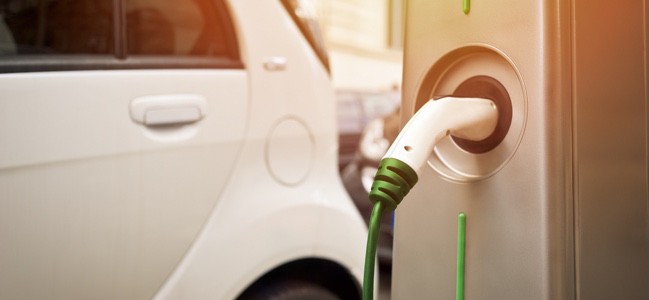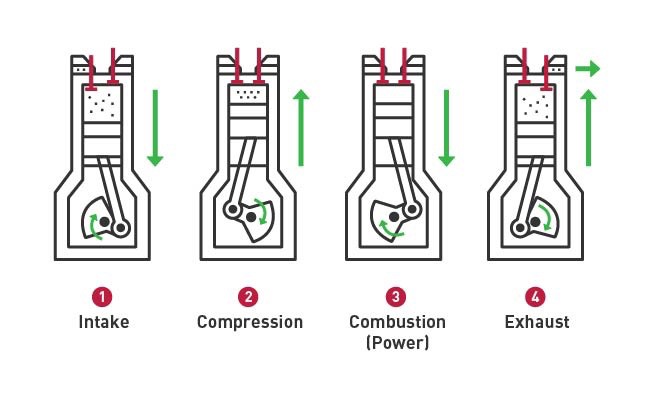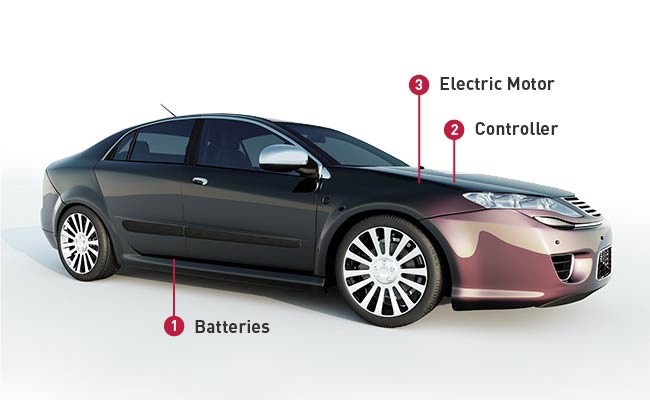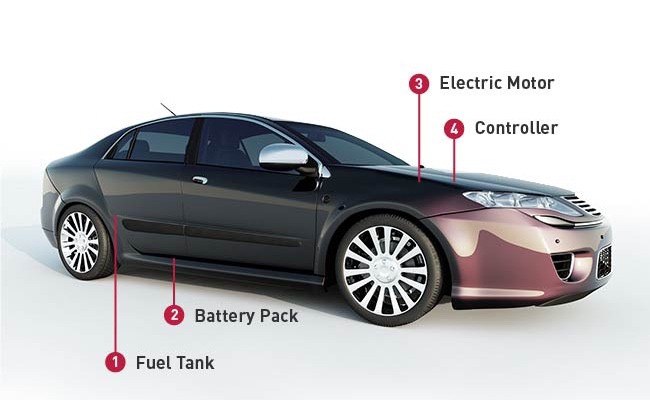 United States (English)
United States (English)
Shopping Cart
Empty Cart
Part No: {{entry.product.code}}
Quantity: {{entry.quantity}}
Total {{cartInfo.totalPriceWithTax.value | currency:"$"}}
Total {{0 | currency:"$"}}
 United States (English)
United States (English)
Part No: {{entry.product.code}}
Quantity: {{entry.quantity}}
Total {{cartInfo.totalPriceWithTax.value | currency:"$"}}
Total {{0 | currency:"$"}}
Asia Pacific
Europe, Middle East, Africa
 România (Română)
România (Română)
 European Union (English)
European Union (English)
 België (Nederlands)
België (Nederlands)
 Belgique (Français)
Belgique (Français)
 France (Français)
France (Français)
 Deutschland (Deutsch)
Deutschland (Deutsch)
 Italia (Italiano)
Italia (Italiano)
 Nederland (Nederlands)
Nederland (Nederlands)
 Polska (polski)
Polska (polski)
 Россия (русский)
Россия (русский)
 South Africa (English)
South Africa (English)
 España (Español)
España (Español)
 Україна (українська)
Україна (українська)
 United Kingdom (English)
United Kingdom (English)
 Česko (Česká republika)
Česko (Česká republika)
 United Arab Emirates (English)
United Arab Emirates (English)
North America

Not too long ago, the major difference in car engines was what kind of fuel you put in it – gas or diesel. But today, concerns about the environment and the desire to reduce dependence on fossil fuels mean more and more electric and hybrid vehicles are hitting your local dealer’s lot.
The next time you are in the market for a new vehicle, take the time to learn the difference between conventional gas engines, electric vehicles and hybrid vehicles. Check out this handy guide to learn the pros and cons of each type of vehicle before you start shopping.
Most of the cars, trucks and SUVs you see on the road today use the conventional internal combustion engine that is powered by gasoline or diesel fuel. First developed in 1860, this type of engine has many moving parts that come together to propel the vehicle down the road. The gasoline engine remains in wide use because it still delivers the power and performance that many drivers want.
Featuring an engine block with parts such as cylinder heads, valves, pistons and spark plugs, the powering force is a four-stroke process that moves your vehicle.
Stroke 1 – Intake: The piston is pulled down into the cylinder and the inlet valve opens to bring in the air/fuel mixture.
Stroke 2 – Compression: The inlet valve closes and the piston moves back up to compress the air/fuel mixture.
Stroke 3 – Combustion (power): When the piston is at the top, the spark plug fires to ignite the air-fuel mixture. The combustion pushes the piston back down.
Stroke 4 – Exhaust: The exhaust valve opens and the piston returns to the top, expelling exhaust out of the cylinder.

This cycle repeats itself in each cylinder hundreds of times in a minute to power your vehicle.
Lower purchase price
Average range of 300-400 miles (on a full tank of gas)
More power for accelerating and towing/hauling
Easy to fuel up – gas stations are plentiful
Emissions contribute to pollution
Powered by gas, a non-renewable resource
Concerns over the future availability of gas as well as the environmental impact of the internal combustion engine has led vehicle manufacturers to a race to be the first to develop an electric vehicle that enjoys widespread adoption by the driving public. Electric vehicles rely upon batteries to power the motor and move the vehicle down the road.
While you can’t typically tell the difference between a gas-powered vehicle and an electric vehicle upon first glance, one look under the hood and there is no question which type of vehicle you’re looking at. Where you’d normally see the engine block and all the associated parts of a gas engine, in an electric vehicle you’ll find fewer moving parts. The main components of an EV are:
Batteries – Power source of vehicle; located under vehicle or in the trunk.
Controller – Takes power from the batteries, coverts the power and passes the current to the motor.
Electric motor – Takes the energy from the controller to power the motor and move the vehicle.

Electric vehicles use a variety of technologies to maximize power including:
Auto start and stop – By automatically turning off the engine when the vehicle stops and restarting it when the accelerator is engaged, it cuts down on wasted energy while idling.
Regenerative braking – Recapturing the energy lost while coasting or braking, regenerative braking harnesses the forward motion of the wheels to help stop the vehicle.
No tailpipe – no pollution
Fewer parts to replace
Less routine maintenance – no oil changes
Resale value can be higher
Convenience – can charge at home
Short driving range – limited to 60-120 miles, but improving with each model year
Charging time – can take 4-8 hours to completely charge
Finding a charging station – not as plentiful as gas stations
More expensive to buy
Batteries costly – can cost $1,000-4,000 to replace battery pack
Smaller vehicle = reduced seating capacity
Combining the benefits of gas-powered engines and electric motors, hybrid vehicles use a conventional internal combustion engine but also use an electric motor and battery to supplement the vehicle’s power. Using both types of engines means that hybrid vehicles deliver better gas mileage and have fewer emissions than a traditional gas-powered car.
Hybrids not only use the auto start and stop and regenerative braking that EVs use to maximize fuel economy, but also electric power assist. The hybrid’s electric motor delivers power to help the engine when it needs a boost while accelerating, climbing hills or passing another vehicle. With this assist, manufacturers can use a smaller gas engine that is more efficient.
There are a few different types of hybrid vehicles on the market. Regular hybrids like the Toyota Prius take full advantage of the technologies described above. There are some “mild” hybrids where the electric motor never fully takes over, limiting their fuel efficiency. Micro-hybrids don’t utilize all the features of a regular hybrid, which means you won’t realize the same fuel savings as with a full-on hybrid. There are even some plugin hybrids such as the Chevrolet Volt that have larger batteries that can be plugged in.

Increased fuel economy
Fewer trips to the pump saves money
Less gas use means fewer emissions
Resale value can be higher
Higher purchase price
Costly to repair due to technology used
Less power for accelerating
Learn more about quality auto parts, find your car part, or find a local car repair shop today.
The content contained in this article is for entertainment and informational purposes only and should not be used in lieu of seeking professional advice from a certified technician or mechanic. We encourage you to consult with a certified technician or mechanic if you have specific questions or concerns relating to any of the topics covered herein. Under no circumstances will we be liable for any loss or damage caused by your reliance on any content.